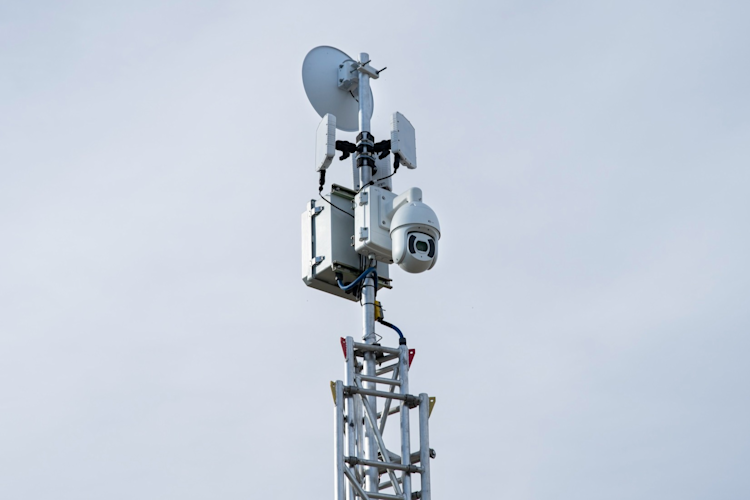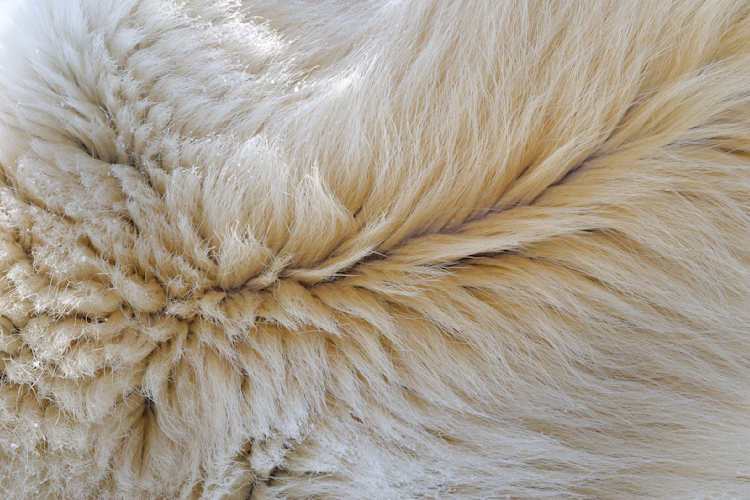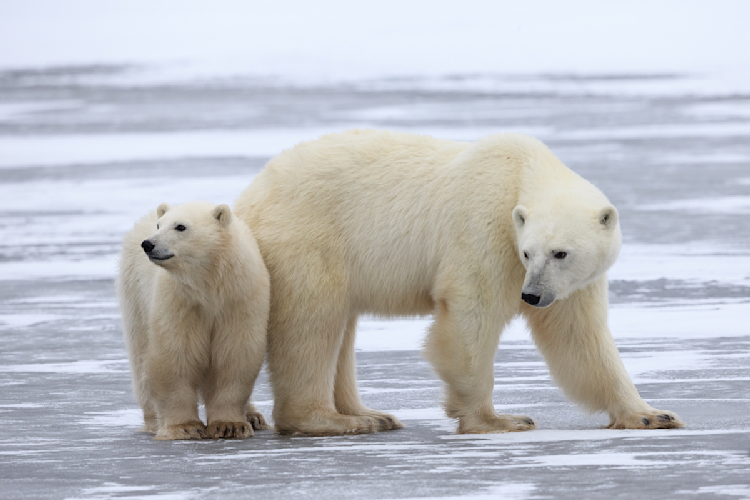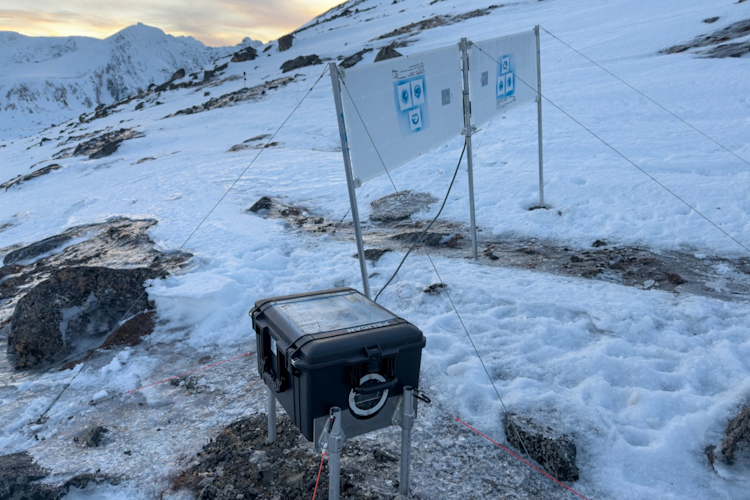This polar bear season in Churchill, Manitoba, will see Polar Bears International (PBI) continuing trials of “bear-dar,” a unique application of a radar system to warn Arctic communities and remote camps of the presence of polar bears. The system was originally designed by our partner, Spotter Global, for security purposes. When complete and fully functional, it will combine a radar, a camera, and AI software to identify any nearby bears and alert responders.
For now, it is in its trial phase, as PBI staff and volunteers work to train the software to distinguish between polar bears and other animals or objects. To help with that process, the system spent the summer pointing at the polar bear enclosure at Assiniboine Park Zoo in Winnipeg. It is presently back in Churchill, adorning the Tundra Buggy Lodge for the next round of testing. Here, Kieran McIver, PBI’s director of Churchill field operations, recaps the latest progress.
Perhaps the biggest remaining obstacle with bear-dar is training its software to reliably identify when a potential target is or is not a polar bear. Was that the goal behind moving it to Assiniboine Park Zoo for the summer?
Yes, that was the idea. The software requires quite a number of data points and it's really difficult to get as many as were required with wild polar bears here in Churchill. So we determined that if we could get it down to Winnipeg, we’d have these bears at the zoo, and we would know where they were and we knew there were quite a few of them, so we reasoned we could easily acquire these data points. Now that we have done that and added all those data points into the AI system, we are attaching the equipment to the Tundra Buggy® Lodge for the duration of bear season, to put it back in front of wild bears.
So how did everything work when it was in Winnipeg?
It wasn’t as simple as teaching it what a polar bear looked like. We also had to teach it what a polar bear doesn’t look like, and to differentiate between a polar bear and a person or another type of animal like a caribou, or a vehicle, different things like that.
There are lots of people at the zoo, obviously. So we were able to get lots of data points on people. And then when staff were in the polar bear enclosure — say, mowing the grass –- or when after-hours security were driving around the zoo, we took that as an opportunity to train the radar to start learning what a vehicle looks like.
How it works is that the system will pick up a track of a moving object and record it. The radar system is connected to a PTZ [pan-tilt-zoom] camera, so once it detects movement, and if it thinks it’s something that we might be interested in, it will take control of the camera and actually start tracking that target visually. We created a schedule so that staff and volunteers could log in remotely multiple times a week to see what the system had saved and marked as possible polar bears. We discarded the ones without video footage right away, because we were unable to confirm if it was a bear or not. And then we would review all the ones that had video and it was as simple as going through each track and saying, ‘Yes, that is a polar bear. No, that’s not a polar bear.’ And we would feed that information into the AI. It was a lot of hands-on work for quite a few people who were very generous with their time.


















